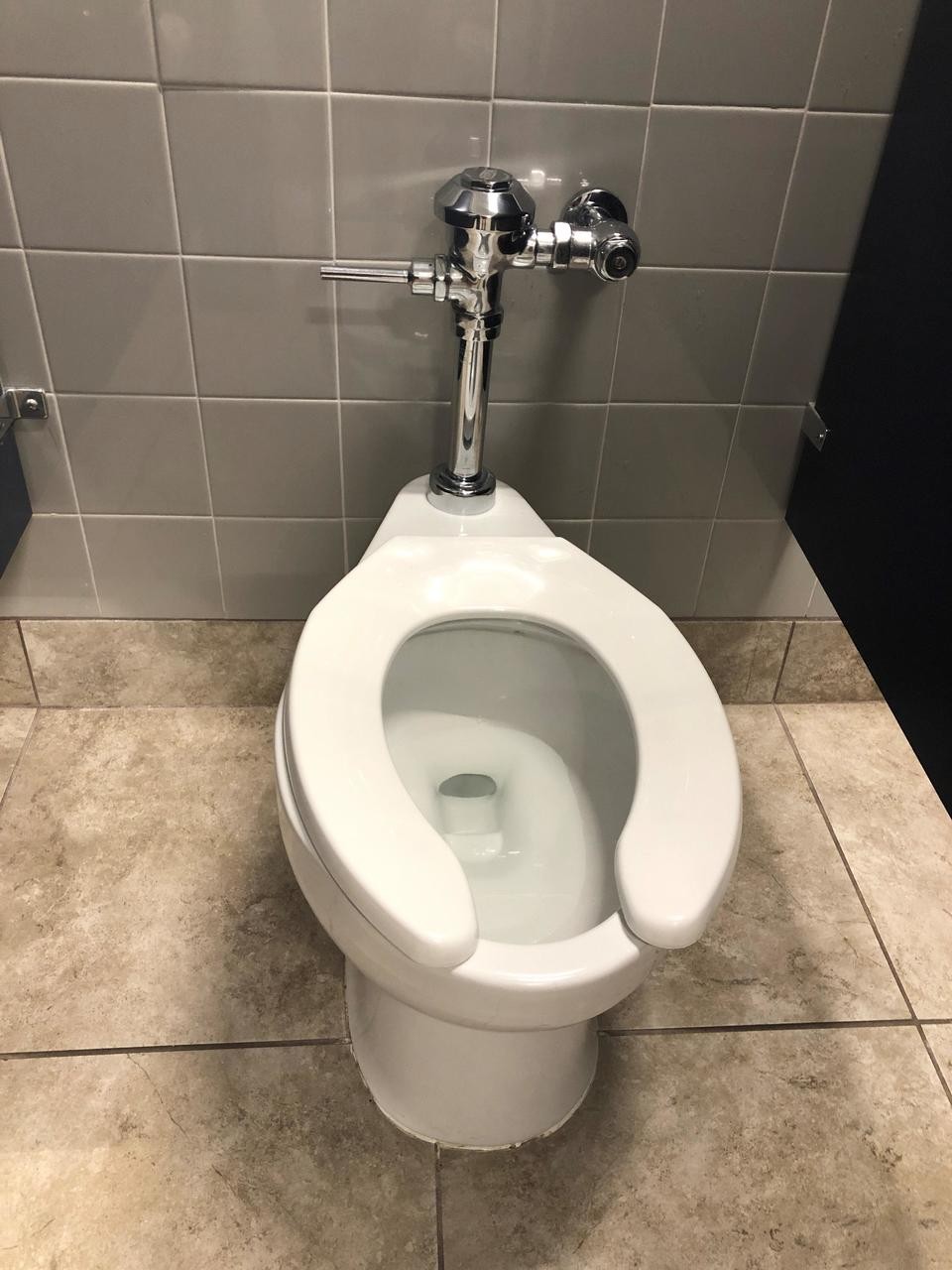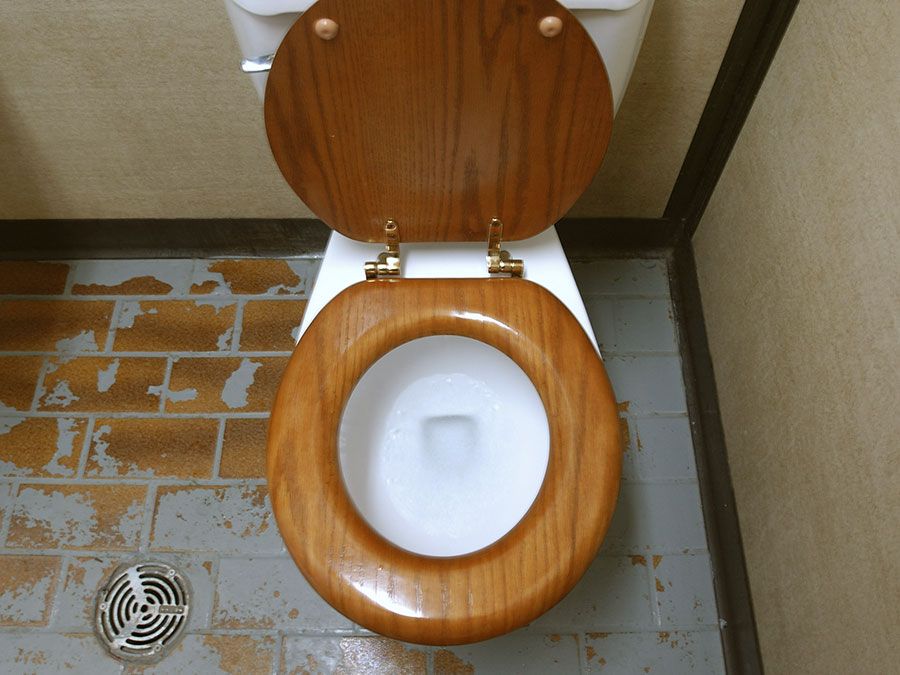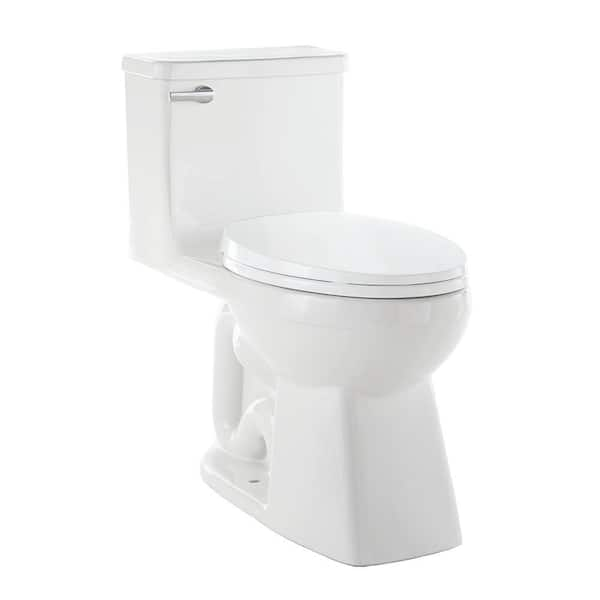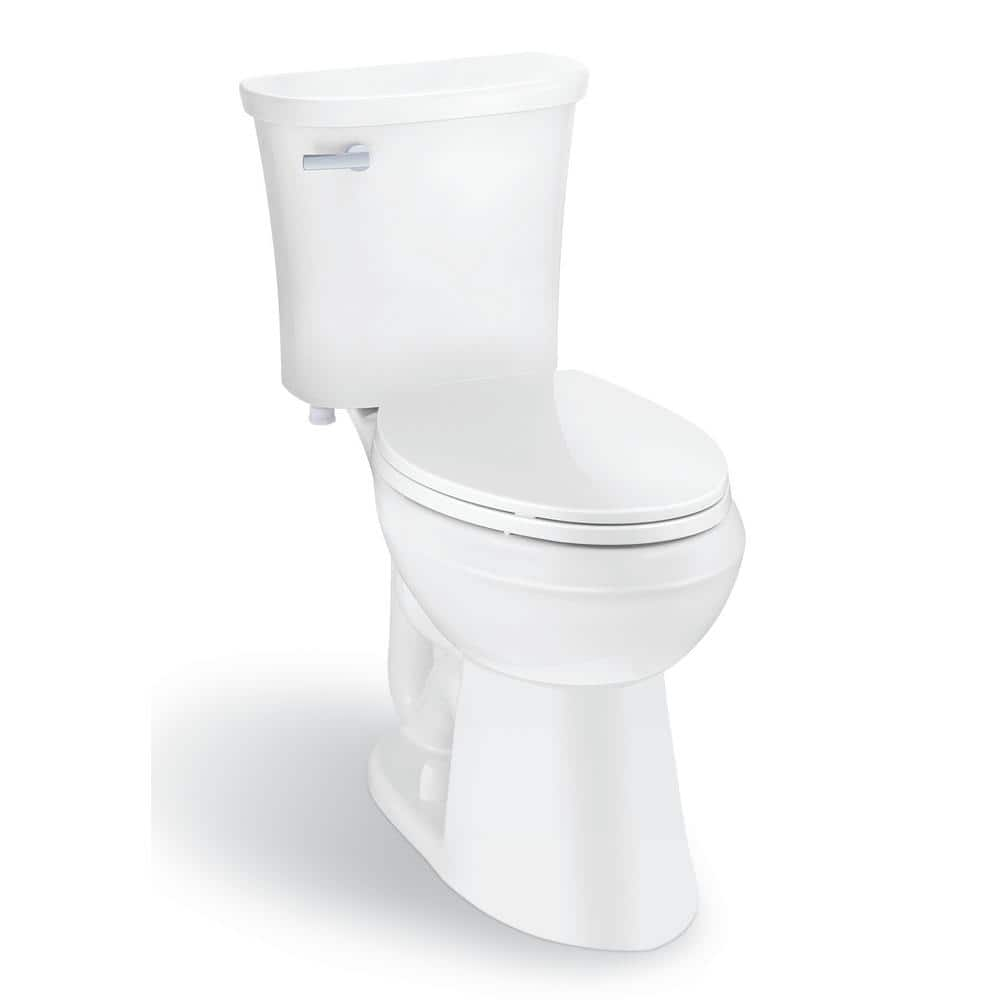Introduction to the Flush System
At the heart of every household, hidden behind closed doors, lies a sophisticated yet often overlooked piece of engineering – the toilet. Far from being just a mundane fixture, toilets are ingeniously designed to manage waste disposal efficiently and hygienically. The flushing mechanism, in particular, is a marvel of simplicity and effectiveness, transforming from a quiet receptacle into a forceful cleaning system with a single push of a lever. This article delves into the intricate workings of the common gravity-fed toilet, uncovering the physics and mechanics that make this everyday appliance possible.

The Anatomy of a Gravity-Fed Toilet
Understanding how a toilet flushes begins with familiarizing oneself with its basic components. A typical gravity-fed toilet comprises four main parts: the tank (also known as the cistern), the bowl, the trapway, and the flushing mechanism. The tank holds the water needed for flushing and is connected to the bowl via an inlet valve and a flush valve. The bowl contains water that creates a seal to prevent sewer gases from entering the home, while the trapway is a curved section beneath the bowl designed to retain some water, forming a siphon. Lastly, the flushing mechanism includes the handle, lever, and chain or rod that activates the flush valve.
The Flush Initiation Process
When the flush handle is depressed, a chain or rod attached to the handle pulls up on the flush valve (also known as the flapper). This action lifts the flapper, allowing the water stored in the tank to rush into the bowl with considerable force. The rapid influx of water into the bowl displaces the standing water, breaking the seal in the trapway and initiating the siphoning action. Gravity plays a crucial role here, pulling the water and waste down through the drain and into the sewer system.

Siphon Action and Waste Removal
The siphoning effect is the cornerstone of a successful flush. As water rushes into the bowl, it fills the trapway, causing its internal pressure to rise momentarily. Once the water level rises above the highest point of the trapway, gravity takes over, and the water begins to flow rapidly downwards, creating a vacuum behind it. This vacuum sucks the remaining water and waste from the bowl, ensuring thorough cleaning. The efficiency of this siphoning action is what determines how well a toilet can clear solid waste and maintain hygiene.
Refilling and Resetting the Tank
Once the flush is complete, and the water has emptied from the tank into the bowl, the flushing mechanism triggers a series of actions to refill the tank. A float, connected to the fill valve, drops as the water level decreases. When the float reaches a predetermined low level, it opens the fill valve, allowing fresh water to enter the tank. As the tank refills, the float rises along with the water level until it shuts off the fill valve once the tank is full. Simultaneously, the flush valve’s flapper, which was lifted during the flush, falls back into place, sealing the tank and preparing it for the next flush.

Variations in Flushing Systems
While the gravity-fed toilet is the most common type worldwide, there are other flushing mechanisms worth noting. Pressure-assisted toilets use compressed air to force water into the bowl, providing a more powerful flush suitable for areas with poor water pressure or where waste disposal requires extra force. Dual-flush systems offer two flush options – a partial flush for liquid waste and a full flush for solids – conserving water by using only what’s necessary. These variations cater to different needs and environmental concerns, demonstrating the evolution and adaptability of toilet technology.
Troubleshooting Common Issues
Despite their robust design, toilets can encounter problems such as constant running, weak flushes, or clogs. Most issues stem from worn-out parts, misalignments, or blockages. A constantly running toilet, for instance, usually indicates a faulty fill valve or a misaligned flapper that doesn’t seal properly. Weak flushes might be due to a clogged jet hole (where water enters the bowl) or a worn-out flush valve. Clogs, on the other hand, are typically resolved with a plunger or a plumber’s snake, though persistent clogging could signal a more significant issue with the drain line. Regular maintenance, including cleaning and replacing worn parts, can prevent many of these issues.
Water Conservation and High-Efficiency Toilets
In recent years, water conservation has become a pressing concern, leading to innovations in toilet design. High-efficiency toilets (HETs) are designed to use 1.28 gallons per flush (gpf) or less, compared to older models that may use up to 7 gpf. These HETs incorporate larger trapways, improved flush valve designs, and sometimes dual-flush technology to maintain performance while reducing water consumption. By choosing a WaterSense certified toilet, homeowners can significantly reduce their water bills and environmental impact without sacrificing flushing power.

Environmental Impact and Sustainability
The shift towards sustainable living has placed flushing toilet at the forefront of discussions on resource conservation. Not only do high-efficiency and smart toilets contribute to water savings, but they also encourage the development of waste management systems that prioritize recycling and resource recovery. For example, some cities have implemented sewage treatment plants that recover nutrients and clean water from wastewater, closing the loop on resource use.
In addition, composting toilets and urine-diverting dry toilets are gaining attention as alternative solutions, particularly in off-grid applications or regions with water scarcity. These systems don’t use water for flushing and instead convert human waste into compost, which can be used as fertilizer, thereby addressing both sanitation and agricultural needs sustainably.
The Future of Toilet Technology
Looking ahead, toilet technology will likely continue to evolve, driven by the dual goals of increased efficiency and enhanced user experience. Developments in material science, sensor technology, and artificial intelligence could lead to toilets that self-diagnose and repair issues, further optimizing water use, and improving hygiene standards. Additionally, continued focus on sustainability may see wider adoption of closed-loop systems that recycle resources from wastewater, turning toilets into integral components of circular economy strategies.

Conclusion: Appreciating the Everyday Marvel
The humble toilet, with its intricate flushing mechanics, is a testament to human ingenuity and a vital component of modern sanitation. Understanding how it works not only fosters appreciation for this often-overlooked invention but also empowers users to troubleshoot problems, conserve water, and make informed decisions when upgrading or replacing their toilets. By embracing high-efficiency technologies and maintaining our toilets responsibly, we can continue to enjoy the health and hygiene benefits they provide while contributing to a more sustainable future.


